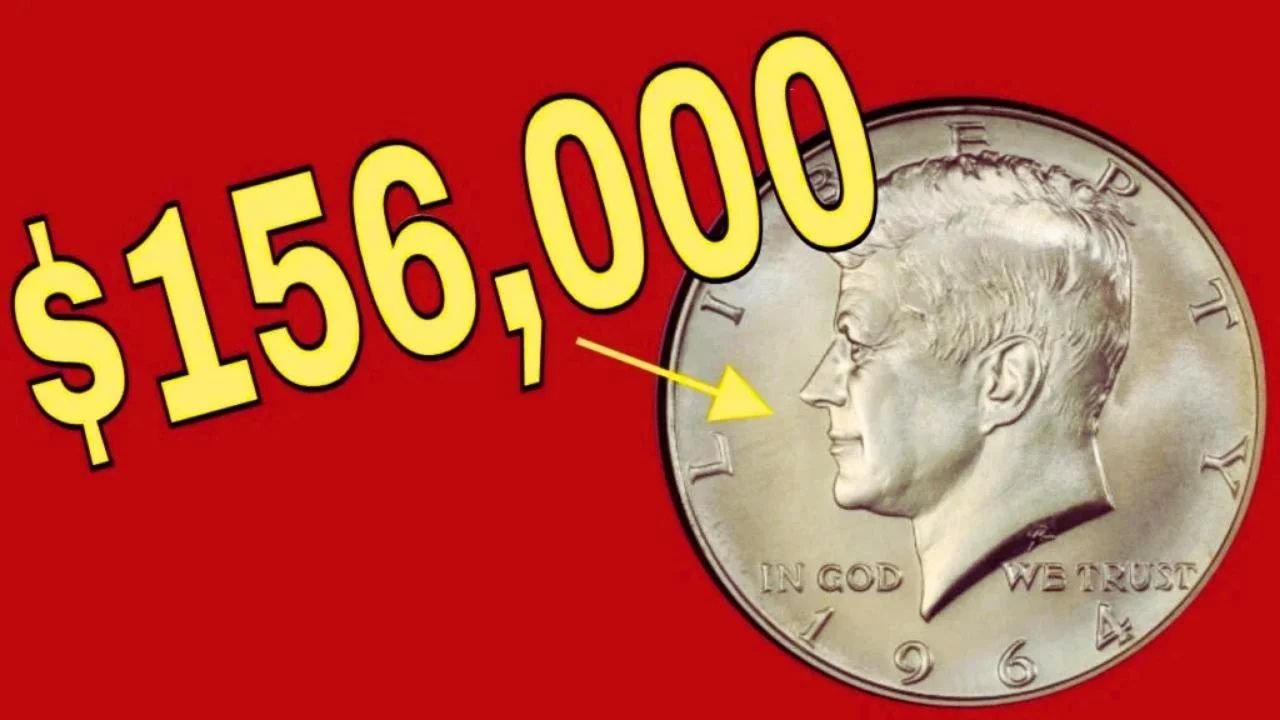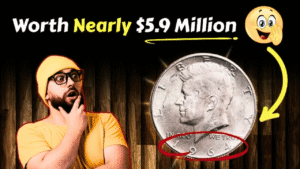Imagine paying for your morning coffee and getting a quarter in change that’s worth millions. That’s the excitement surrounding a rare Bicentennial Quarter, which recently sold for a jaw-dropping $3.76 million at auction. These coins, created to celebrate America’s 200th birthday, are still floating around in everyday change. While most are worth just 25 cents, a few ultra-rare ones could make you rich. Let’s explore the history of this coin, what makes it so valuable, and how you can spot one in your pocket.
A Coin That Honors American History
The Bicentennial Quarter was minted in 1975 and 1976 to commemorate 200 years of American independence. Its design is unmistakable: a colonial drummer on the reverse and the dual years “1776-1976” instead of a single date. The obverse features George Washington, just like standard quarters. With over 1.6 billion produced, these coins are common in piggy banks, cash registers, and loose change. Most have no special value, but a select few have unique traits that turn them into collector’s gold.
What Makes This Quarter Worth Millions?
So, what transforms an ordinary quarter into a $3.76 million treasure? It’s all about rare errors and special conditions. The record-breaking coin was struck on a 40% silver planchet, intended for exclusive collector sets, not circulation. It also featured a doubled die error, where the design appears slightly blurred due to a minting mistake. Graded near-perfect (MS-68 or higher), this coin was a one-in-a-million find. Only a handful of these exist, making their discovery a headline-grabbing event in 2025.
How to Spot a Million-Dollar Quarter
Hunting for this rare quarter is like searching for buried treasure. Here’s what to look for to identify a potential jackpot:
- Material: Regular quarters are copper-nickel, but the valuable ones are 40% silver, giving them a shinier, heavier feel.
- Mint Mark: Check near the date for a mint mark (D, P, or S). Rare versions may have an unusual or missing mark.
- Condition: Look for uncirculated coins with no wear or scratches, ideally MS-68 or higher.
- Errors: A doubled die error creates a slightly blurry design, visible under magnification.
Here’s a table comparing the common and rare versions:
| Feature | Common Bicentennial Quarter | Rare $3.76M Quarter |
|---|---|---|
| Material | Copper-nickel | 40% silver |
| Mint Mark | Standard (D, P, or S) | Missing or unusual |
| Condition | Worn, circulated | Near-perfect, MS-68+ |
| Errors | None | Doubled die or misalignment |
Tips for Your Coin-Hunting Adventure
Ready to start your treasure hunt? Here’s how to increase your chances of finding a valuable Bicentennial Quarter:
- Check Your Change: Examine any Bicentennial Quarters in your wallet, coin jars, or loose change.
- Use a Magnifying Glass: Look for doubled designs or a silvery shine that suggests a silver planchet.
- Weigh the Coin: Silver quarters are slightly heavier than copper-nickel ones.
- Don’t Clean It: Cleaning can damage the coin and reduce its value.
- Get It Graded: Take suspicious coins to a professional grading service like PCGS or NGC for authentication.
Even if you don’t find a million-dollar coin, less pristine versions can still fetch thousands, making the hunt worthwhile.
Are These Valuable Quarters Still in Circulation?
Could a $3.76 million quarter still be out there? Absolutely. Since these coins are legal tender, they can still appear in everyday transactions. Some rare silver versions escaped collector sets and entered circulation, making it possible to find one in your change from a store or bank. While the odds are slim, the sheer number of Bicentennial Quarters in existence keeps the dream alive. Every time you get a quarter, take a second look—it could be your ticket to a fortune.
FAQs About the Bicentennial Quarter
What makes a Bicentennial Quarter valuable?
Rare versions are struck on Gabriella40% silver, have unique errors like doubled dies, and are in near-perfect condition.
How can I tell if my quarter is silver?
Silver quarters are shinier and slightly heavier than copper-nickel ones. They weigh about 6.3 grams compared to 5.7 grams for regular quarters.
Are these quarters still in circulation?
Yes, some rare silver quarters may have entered circulation, so it’s possible to find one in everyday change.
Where can I get my coin appraised?
Take it to a reputable grading service like PCGS or NGC for a professional evaluation.
Can a worn Bicentennial Quarter still be valuable?
Yes, even worn rare quarters can be worth thousands, depending on their errors or material.
Next time you’re handed change, don’t just toss it in your pocket. That unassuming Bicentennial Quarter could be worth more than you think. Happy hunting!




